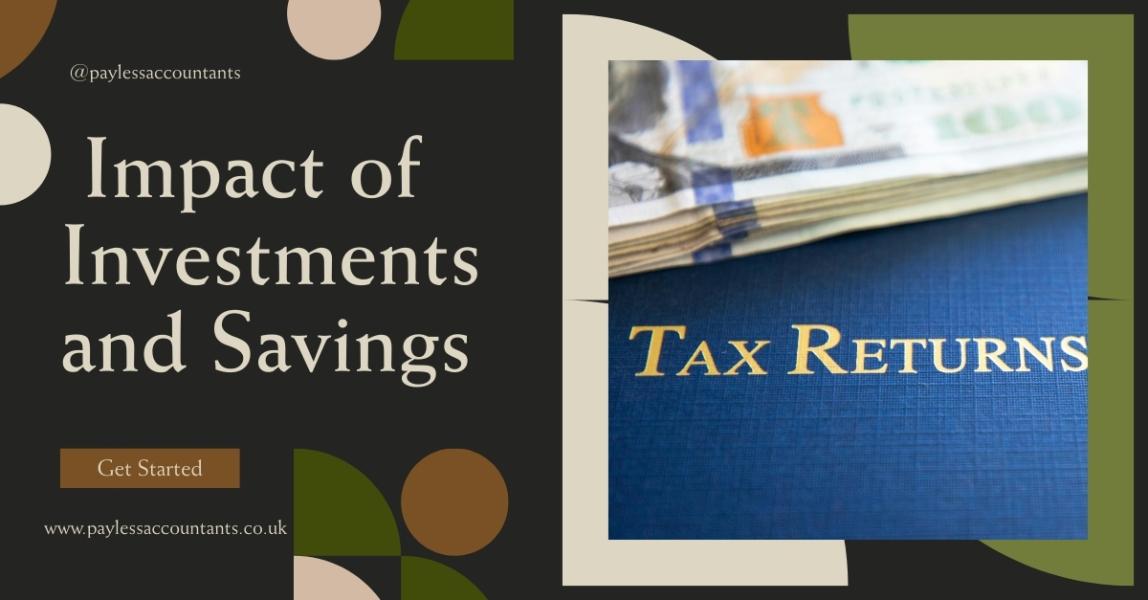The Impact of Investments and Savings on Your Personal Tax Return
In this blog, we’ll explore how different types of investments and savings accounts affect your personal tax return, along with some practical tips to maximize your tax benefits.
1. Taxable vs. Tax-Advantaged Accounts
The first thing to understand is the difference between taxable and tax-advantaged accounts:
-
Taxable Accounts
Income generated from investments like stocks, bonds, or savings accounts is generally taxable in the year it is earned. This includes interest income, dividends, and capital gains. -
Tax-Advantaged Accounts
Accounts like ISAs (Individual Savings Accounts), pensions, or other government-approved savings schemes allow you to save and invest while deferring or even eliminating certain taxes.
Tip: Contribute as much as possible to tax-advantaged accounts to reduce taxable income.
2. Understanding Capital Gains and Losses
When you sell an investment, the profit you make is known as a capital gain, while a loss is called a capital loss.
-
Short-Term Capital Gains:
Profits from assets held for less than a year are usually taxed at your regular income tax rate. -
Long-Term Capital Gains:
Assets held for more than a year often benefit from lower tax rates, encouraging long-term investing.
Tip: Holding investments for the long term not only builds wealth but also minimizes your tax liability.
3. The Role of Dividends and Interest Income
-
Dividends
Depending on whether dividends are classified as “qualified” or “ordinary,” they can be taxed at different rates. Qualified dividends typically enjoy a lower tax rate. -
Interest Income
Money earned from regular savings accounts or fixed deposits is generally taxed as ordinary income.
Tip: Explore tax-free savings options like ISAs to avoid paying tax on interest earned.
4. Tax Deductions and Credits for Investments
Certain investments may qualify you for tax deductions or credits. For example:
-
Contributions to a retirement account may be deductible.
-
Losses from investments can be used to offset gains and reduce taxable income.
Tip: Keep detailed records of all your investment transactions to claim every eligible deduction.
5. Planning Ahead for Tax Efficiency
Smart tax planning involves balancing your portfolio to maximize after-tax returns.
Consider:
-
Diversifying across both taxable and tax-advantaged accounts.
-
Timing the sale of investments to minimize capital gains taxes.
-
Working with a qualified accountant to structure your finances effectively.
Conclusion
Your investments and savings strategy can have a direct impact on your personal tax return. By understanding how various forms of income are taxed and using tax-advantaged accounts wisely, you can reduce your tax burden and keep more of your hard-earned money.
At Payless Accountant, we specialize in helping individuals optimize their tax strategies while staying compliant with HMRC regulations. Whether you are just starting to invest or managing a diverse portfolio, our team can guide you every step of the way.
Disclaimer
This blog post is for informational purposes only and should not be considered as financial or tax advice. Tax laws are subject to change and may vary depending on individual circumstances. Please consult with a professional tax advisor or accountant before making any decisions related to your investments and taxes.

